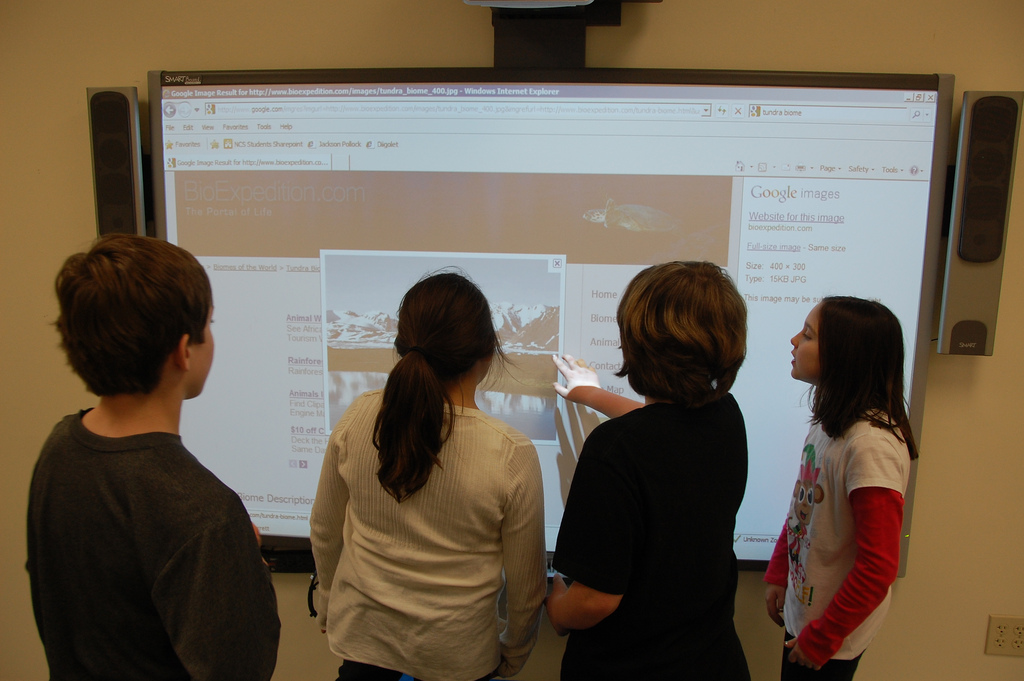Why Interactive Display Is a Welcome Addition to Classrooms
Posted: Jun. 23rd, 2016
The last decade has seen a subtle digital revolution take place in classrooms around the world. More schools are implementing touch technology in their classrooms to improve student engagement and improve the overall learning experience. For instance, a recent study found that about 47% of public and private schools incorporate the use of iPads in class, which goes on to show the impact of touch technology within the education sector.
At the forefront of this revolution is the interactive display. First introduced in the 90s as a digital version of traditional whiteboards, interactive display has become valuable tools for classroom instruction.
1. Engagement Tool
While there are tons of other ways to get students interested and engaged, interactive display offers more advanced means of bringing students on board. It increases student engagement by opening up interactive learning for the whole class, mainly due to its size and potential for simultaneous multi-user interaction.
Interactive display resembles large TV screens or tablets that are usually operated by touch. The input device normally depends on the specific brand, but most support input by one or more fingers. This means that several students can interact with the device at the same time, which helps improve engagement and involvement in the classroom.
2. Interactivity and Collaboration
With interactive display, student engagement goes hand in hand with interaction and collaboration. It enables students to carry out collaborative projects such as assignments and presentations as a group. This interactivity helps students become more engaged with the material in the classroom, which in turn helps students to achieve and internalize the objectives of the subject.
As an illustration, a recent US study saw improvements of up to 20% in a math test for students who employed the use of interactive textbooks in the classroom over those who used regular paper textbooks. This was largely attributed to the introduction of iPads in classrooms.
3. Improved Teacher-Student Relations and Interaction
Teachers play a pivotal role in the success of the students under their instruction and care. Interactive display plays an even bigger role in improving this relationship, which results in better student performance. Students can illustrate their problematic areas on the interactive display and teachers can offer visualized solutions for such problems.
Teachers can also offer group-based assignments and projects that can be completed and assessed in real-time on the interactive display. Students can work with images, video, animations, and documents in the ultimate collaborative environment. This enables the students to gain skills in collaboration under the watchful eye of the teacher.
Teachers and schools can also enable student engagement and interaction by enacting BYOD (Bring Your Own Device) policies in the school. This way, students can come with their own iPads and other touch devices, link up with the class interactive display via Wi-Fi, and interact with the rest of the class via a common network. This enables all students to take part in the collaborative and interactive environment presented by the interactive display.
Schools also stand to gain immensely with the implementation of interactive display in classrooms. Schools with interactive display have seen a dramatic increase in student attendance because of the familiar environment created by touch technology. Students are far more likely to relate to touch technology compared with traditional instructional methods since most of them already use one or more touch-enabled devices at home.
Previous:Benefits of Multi User Whiteboard
Next:4 Advantages of Interactive Display in Legal Sector
